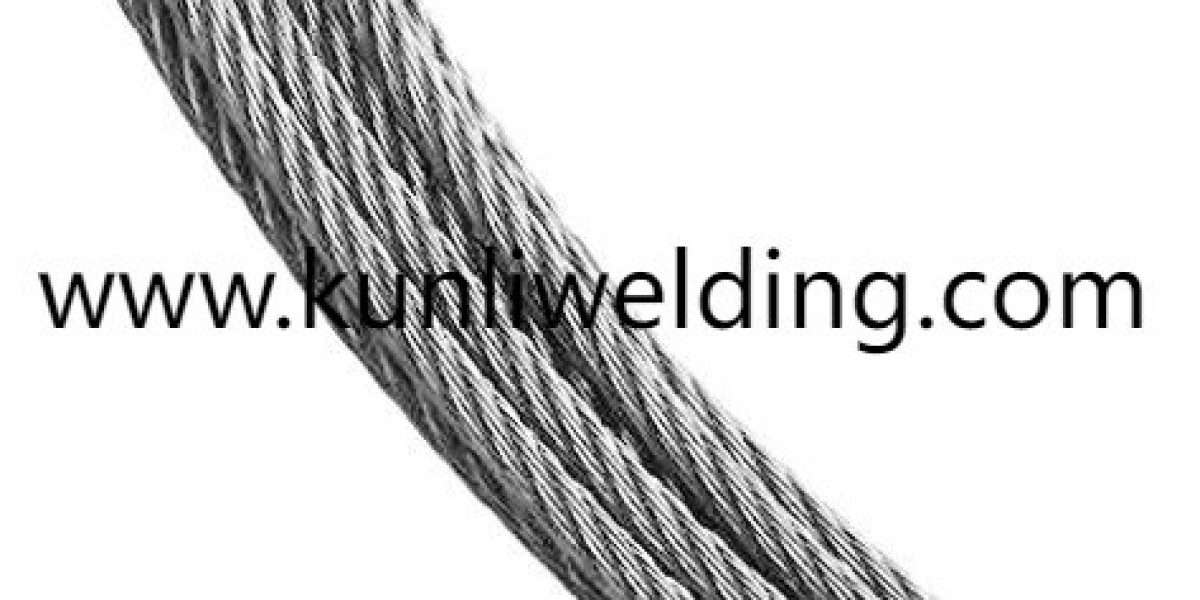Sourcing high performance consumables from overseas requires both technical scrutiny and practical planning. Many buying teams now include Aluminum Mig Wire Manufacturers early in project conversations to ensure a match between alloy selection process capability and delivery plans. Recent shifts in demand and logistics have made it clear that a low unit price means little if spools arrive late or fail qualification. The following guidance outlines how to find suppliers who combine consistent chemistry with usable packaging and transparent records so fabrication moves forward without avoidable pauses.
Begin with clear technical requirements. Define the alloy grade allowable tolerances spool formats and the intended welding process. Communicating these details up front helps prospective producers propose appropriate samples and packaging. When suppliers know whether the wire will feed through automated systems or be used on manual stations they can advise on spool geometry liner types and contact tips that reduce feed problems and speed set up.
Ask for representative samples and run real world trials. Small qualification reels sent under the proposed production lot let welders test arc stability bead profile and mechanical behaviour under shop conditions. Try both manual and automated feeds if your operation uses both. Record parameter sets that produce acceptable results and tie them to spool lot identifiers. This practice makes future spool changes predictable and reduces repeated trial cycles.
Inspect manufacturing controls remotely or in person. Good producers publish process flow documentation that shows melting, refining, drawing and spooling steps. Request evidence of inline inspection systems and retained sample policies. Spectrometer readouts and batch certificates that are tied to lot numbers enable traceability and accelerate troubleshooting when issues arise during assembly or commissioning.
Evaluate surface handling and packaging practices. Aluminum alloys oxidize and pick up contamination if spools are exposed to humidity or oils. Require sealed packaging with desiccants and clear handling instructions for transit and storage. For automated lines request spool sizes compatible with your feeders and for field work prefer compact reels that reduce on site handling time. Protective packing prevents deformation and reduces scrap at the weld booth.
Consider logistics and contingency planning. Work with suppliers that can offer staggered shipments regional warehousing or consignment stock to reduce exposure to transit disruptions. Discuss typical lead times and request notification protocols for delays. When international lanes tighten, regional buffer stock keeps lines running without resorting to premium air freight for emergency replenishment.
Look for traceable quality documentation. Lot level chemical analysis mechanical test results and retained sample records are the backbone of reliable supply. These documents allow engineering teams to link successful qualification trials to production spools. When a supplier provides clear test data and agrees to retain samples, the time to identify and correct an anomaly shortens considerably.
Engage suppliers on sustainability and circularity where relevant. Producers that control remelt streams and document recycled content help procurement meet broader environmental commitments without compromising weld performance. Ask about energy efficient processing or recycling programs if these issues matter to stakeholders or end users.
Negotiate terms that align incentives. Volume pricing tiers, conditional acceptance criteria and agreed response times for rejected material reduce ambiguity. Include clauses that define acceptable substitution procedures and outline replacement timelines for non conforming shipments. Clear contract language protects both buyer and supplier and reduces the time spent resolving disputes.
Prioritize supplier support and technical collaboration. A partner who provides application engineering assistance parameter libraries and on site commissioning support shortens ramp up and improves first pass yield. Joint trial programs and shared performance logs build mutual understanding and lead to smoother qualification when new alloys or processes are introduced.
Monitor performance continuously. Track delivery adherence lot quality and on line feed behaviour. Use these metrics in regular supplier reviews to adjust forecasts, renegotiate terms or expand production slots when needed. Early detection of drift in either delivery or quality prevents large scale disruptions and preserves project momentum.
Finally, treat procurement as a partnership. Transparent communication, shared forecasts and collaborative testing produce dependable outcomes. When buyers and makers align on specification clarity packaging choices and documentation needs, the result is a supply relationship that supports fabrication schedules and reduces the risk of costly delays.
For product details, specification sheets and guidance on sample requests consider the options available at https://www.kunliwelding.com/product/aluminum-alloy-wire/aluminum-alloy-welding-wire.html . The site provides technical information and contact channels to discuss alloy suitability packaging choices and delivery planning. Engaging early with a supplier that supports trials and documentation helps ensure material performance as your projects scale and timelines tighten.








